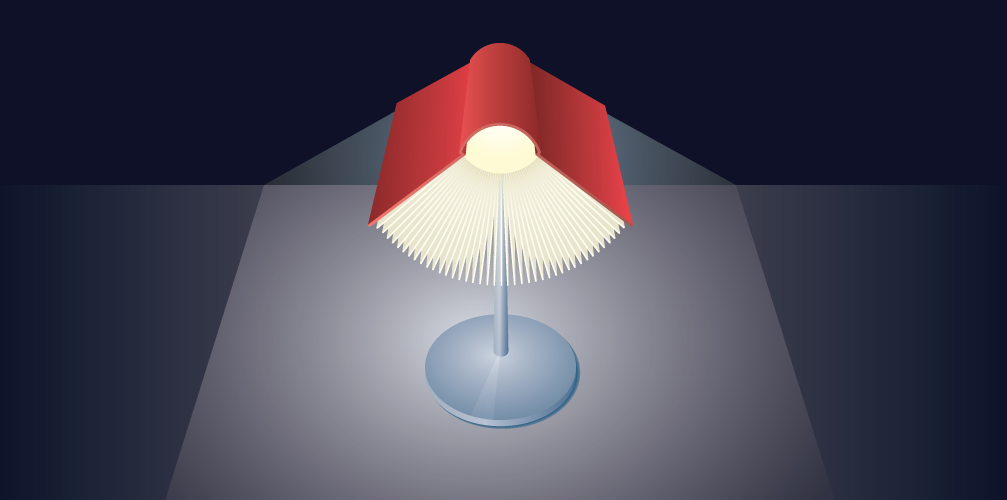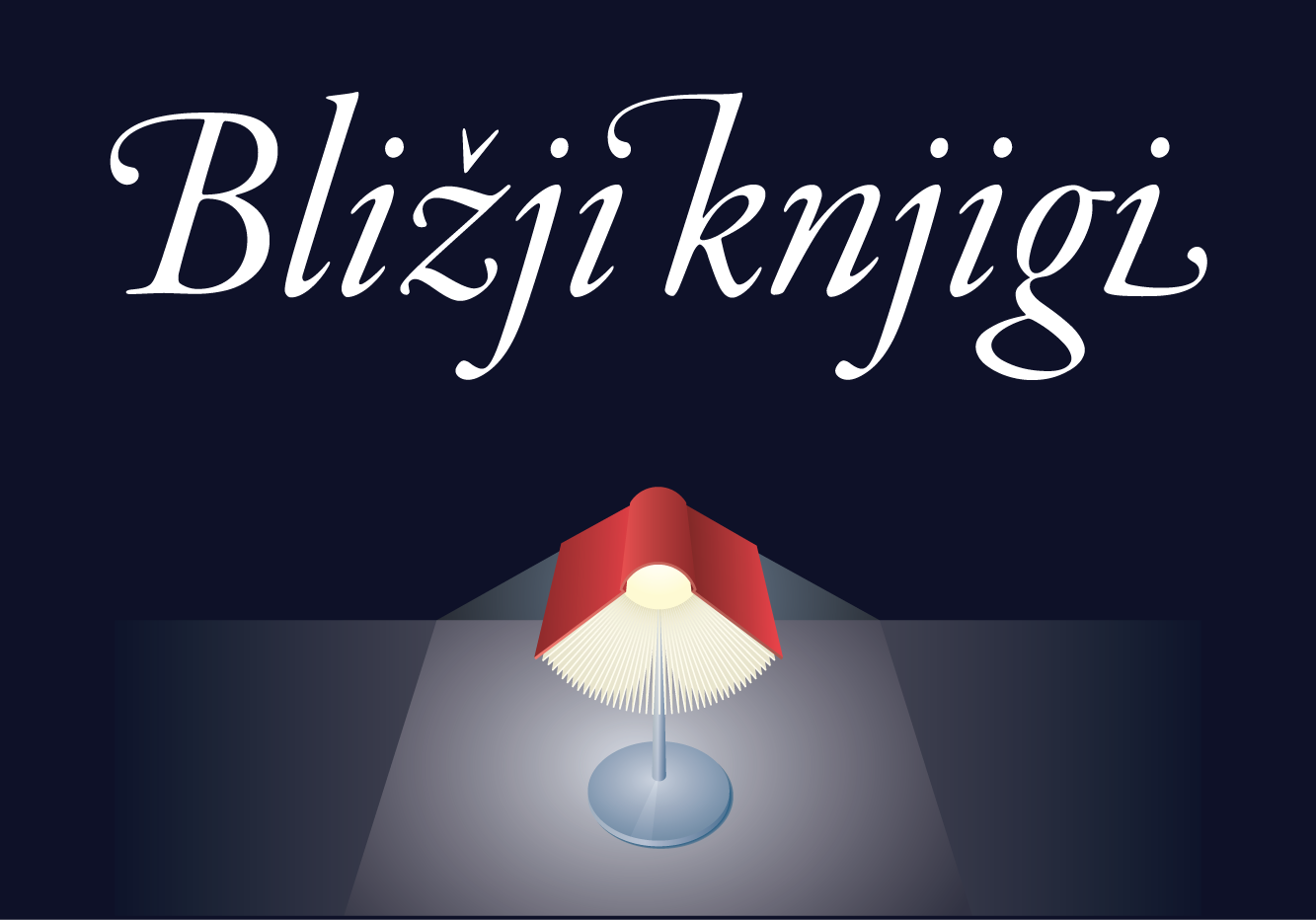
Ko vdre senca
- Izvirni naslov When the shadow breaks ; Lorsque l'ombre force
- Avtorji Šalamun Tomaž (avtor), Pogačnik Barbara (prevajalec), Taren Michael Thomas (prevajalec), Jovanovski Alenka (prevajalec), Petkovšek Ana (prevajalec)
- Leto izdaje 2017
- COBISS.SI-ID 91898113
- Isbn 978-961-6995-29-0
- Jezik slovenski
- Izdaja e-knjiga
- Založba DRUŠTVO SLOVENSKIH PISATELJEV
- Zbirka Litterae Slovenicae
- Kategorije Leposlovje za odraslePoezijaLiterarne vede, študije
- Cena 12,99 €

Opis
Tomaž Šalamun confronts the abyss and overcomes it by creating an even deeper abyss in an incredibly physical language that swallows the original. This new metamorphosed abyss is, then, more like a well, nurturing even as it brings forth its water from the mysterious depths of language. Of course other influences are drawn from that well — Vallejo, Breton, Khlebnikov, Hikmet, O’Hara. The result is a language of non-sequiturs, contradictions, literalized figures of speech, hyperbolic claims, episodic fragments, intense confessions, false causalities, askew parallelisms, — all enhancing the poetry’s juxtapositions of the cosmic and the trivial, redefining each in terms of the other. As poet Trenna Sharpe says, “I love Tomas Šalamun’s poems for their roaring and zany associative movements. One can’t help but feeling a little bit out of breath, a little in shock, after finishing one. It’s as if the the poem knocks you down a hill: you tumble down getting all twisted and bounced and disoriented, and at the end you stand up dizzy and out of breath, but when you look back, the grass is bent, a branch is broken, maybe your sock fell off somewhere along the way, and you can figure out just how you got to the bottom”. This is a poetry that fulfills English poet W. H. Auden’s definition as a remaking of the language, and more.






